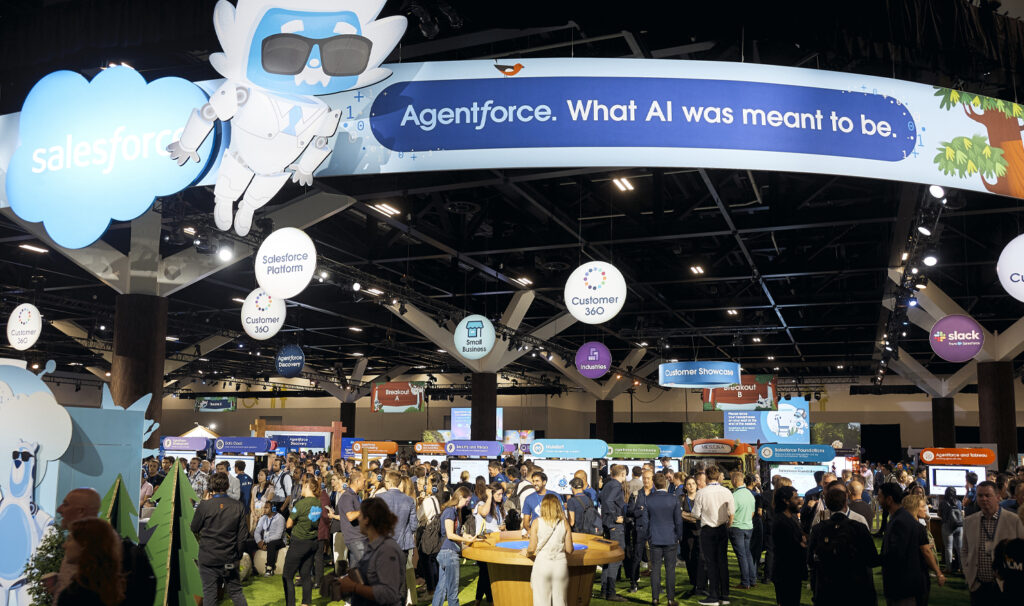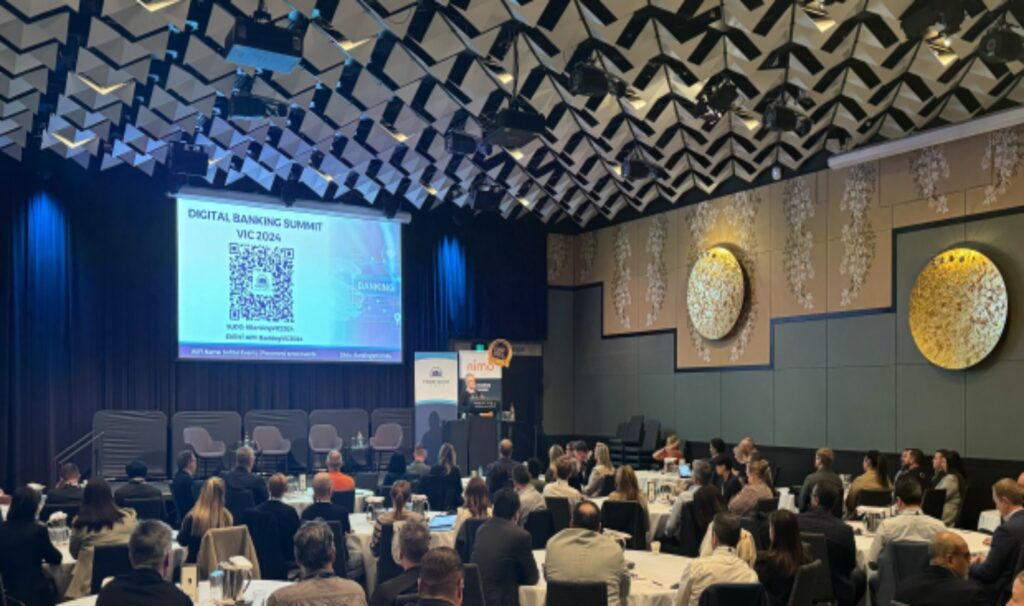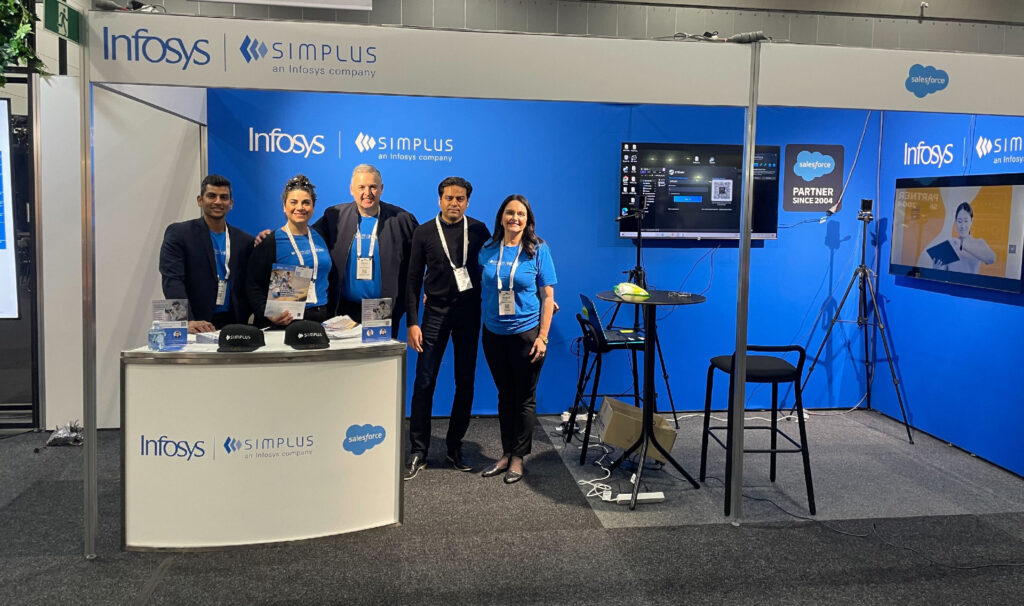Why a 360-degree view of the student is vital to success
Right now, tertiary education is moving at a lightning pace, with demands of the future workforce increasing, digital learning on a growth trajectory and funding models shifting – all while online learning has opened up a myriad of learning pathways for students. With increasing pressure on multiple fronts, the challenge for universities has now turned to attracting students amidst vast competition, creating a valuable student experience and retaining scholars over the long term. This is the case for local students and grows increasingly for international students.
To find out how technology holds the essential keys to help universities stay ahead of the game, we spoke to Jocelyne Bouzaid, Training Lead on Change and Advisory at Simplus Australia. Jocelyne explores why a 360-degree view of your student is not only vital but a game-changer in this brief window of opportunity drawing on lessons from the digital leaps made during the pandemic.
Retaining students is the primary focus
The key figures that underpins a university’s success are the attrition, retention and success rates which are published by the Department of Education, Skills and Employment.
“Retaining students is not just about recruitment and alumni, which are the bookends. There is an entire piece around the holistic student experience which is crucial to a university’s success,” says Jocelyne Bouzaid.
Studies found that attrition of undergraduate students costs more than $1 billion dollars per year for Australian universities (Grattan 2018), with the median Australian university losing more than $20 million each year as undergraduates withdraw from their first year of study.
That equates to 15% attrition rate, which means that retention has become an urgent priority for universities to stay ahead of their counterparts.
For a sector that is being disrupted rapidly, drawing on the power of technology can bring visibility across all stages of the student lifecycle with relevant insights to respond to fluctuations in student demands. Smart and proactive use of data allows universities to prepare for the teaching periods ahead and respond with accurate forecasting for staff requirements, course adjustments, student life and support for learning initiatives, as well as funding and research opportunities.
The higher education system is in the midst of growing pains to keep pace with the changing needs of the economy and train graduates with the right skills at the right time.
Students now have the power of flexibility
For previous generations of learners, traditionally, students had only a few choices of university courses and often would travel the globe and stay for four years to complete their degree. This fixed model no longer applies with the rise of digital education.
“Particularly in the undergrad space, the online offering means students can shift courses, take their course credits and study elsewhere,” continues Jocelyne Bouzaid. “Another factor adding to the flexibility is that courses are being standardised to offer a more equal education opportunity, especially in first year. That’s why universities have to offer over and above the standard experience. To do that, they need access to the right data.”
Universities need to meet flexibility with smart data
In order to know exactly how your students are moving within your university, you need smart data models with the right analytics. These can trigger alerts for students that are identified as at risk of dropping out.
“Put broadly, a lot of university campaigns aim to reach new students, usually first years. These campaigns are usually rolled out during the first two semesters, a time when students are experiencing culture shock and information overload. The purpose of these campaigns range from awareness raising for events, activities, and support initiatives through to targeted communication to students identified as at risk. If students are not caught in that net and supported early there is a real risk that they are lost for 3+years. It is not just about losing students for the next semester, it is the entire student pipeline at risk; a pipeline that applies for their current degree and their ongoing relationship with your university as alumni and lifelong learners,” explains Jocelyne Bouzaid.
This is where a smart higher education CRM becomes essential for the university at every stage of the student journey. “Your CRM is about solidifying your future student pipeline, ensuring your income and revenue is robust. You can set up your data to also show leading indicators early so that you can switch strategies.”
Data highlights innovative solutions for students
Robust data on your student journey allows universities to add value to the student experience at key junctions along the way. At a practical level, reminders of important semester dates, campus events and student groups to join are a way to help build community. All of these can be tailored to the student depending on their interests.
There are some excellent innovative student wellness programs available to connect students to the right support – everything from therapaws offering time with dogs, to music playlists, meditation apps and access to counselling. Being at university is about being a part of a community.
Even a virtual assistant on assignments is being trialled by one university in Australia, where students can get feedback on their projects virtually. This allows lecturers to focus on quality teaching and research, while students can get relevant feedback when they need it.
Quality data can also begin to surface other areas that show students under duress, and offer access to tailored support. Students whose grades have dropped, or students at risk of dropping out due to financial stress can be connected to relevant student services to assist.
Enticing students back with personalised offerings
University study is no longer a linear experience that runs over four years. People are returning to university at different times.
Students are studying at every stage of their lives, and have so many demands on their time. Universities are filled with beautiful diversity. For example mature-aged students, part-time students, and those returning to study, often in postgraduate programs, have very different needs, as they have to fit around work, family life and life goals.
This is where your data can unlock insights and opportunities to reach students where they are at with flexibility, timeliness, and purpose.
Upskilling for the future of work
As the demands of the workforce shift into the future, workers will need upskilling in line with industry.
Universities are responding with more short courses, micro-credentials and postgraduate studies. This shift towards lifelong learning provides more flexible choices for students, as well as diversifying the courses to suit current needs of the workplace and broader society.
In Australia, business, management and leadership microcredentials are popular. Often a student will earn a digital badge they can display on social media platforms such as LinkedIn.
The Australian government has developed a microcredentials marketplace to allow users to compare short courses and understand how they can be used for credit towards a qualification.
Widen your perspective with a 360-degree view
Creating a rich, diverse and flexible experience for students is the aim of the education sector right now. To do this you need a clear grasp of your student data to respond to their needs in real time.
Universities with a data-driven approach can focus in to see individual students, or pan out to see trends across faculties, or view opportunities in the organisation. Decision making is faster and more accurate, as the data is available across various departments.
During the pandemic, education programs shifted ahead in leaps and bounds. Now is the time to prepare students for the future with the smart use of technology.
Find out how Simplus worked with UTS to transform their student experience.






